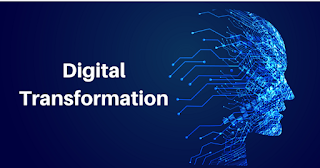What Are Security Vulnerabilities in IoT (Internet of Things) Devices ?

Smart and interconnected IoT devices offer numerous methods for optimizing workflows and productivity, increasing user experience, and lowering expenses in a diverse range of industries and surroundings. While the advantages of IoT devices may be seen in factories, hospitals, vehicles, homes, and communities, their inherent vulnerabilities bring new security threats and concerns. These flaws expose networks to cyber-attacks, which may seriously destabilize companies and economies. Impact of IoT Device Security Vulnerabilities IoT devices are susceptible mostly due to a lack of built-in security measures to safeguard against attackers. The main cause is the restricted environment and these devices' low computing capabilities. IoT devices are often low-power devices that can only perform a limited set of operations. Consequently, they cannot resist the addition of security controls and processes, and data protection measures. Vulnerabilities in IoT devices may empower cy...






